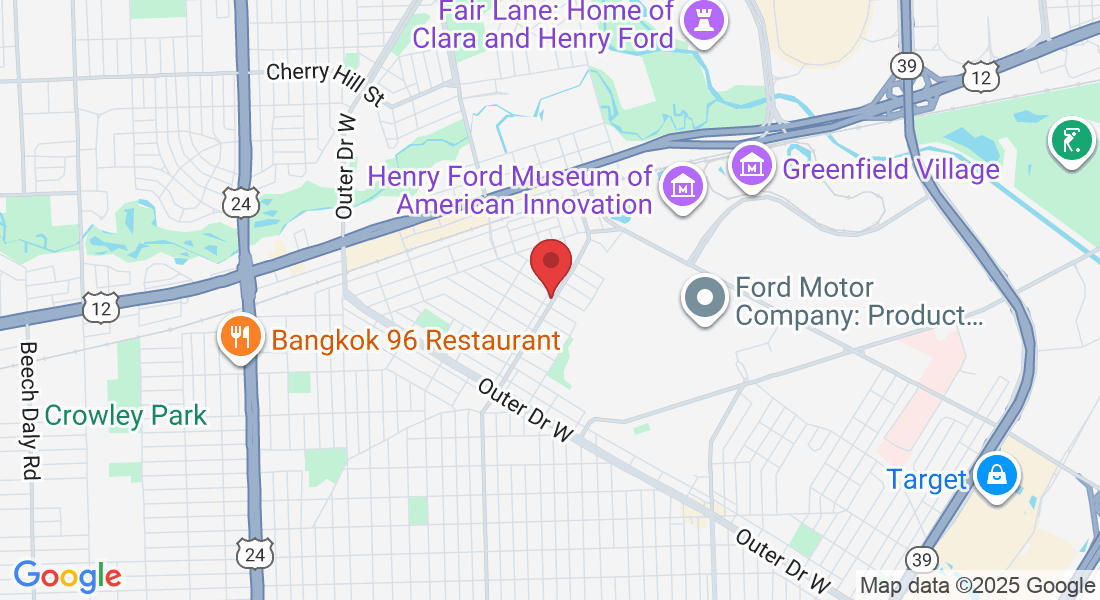See Our Latest Blogs
Driving Growth, Amplifying Impact
Get In Touch
Email: {{[email protected]}}
Our Address :
2040 Monroe St
Dearborn , Michigan 48124
Business hours
Monday – Friday : 9:00am – 8:00pm
Sunday : CLOSED
Phone Number:
+1 ( 313 )-571-5733
Nbraas Professional Beauty Institute

Follow Us
© Nbraas Professional beauty institute - All Rights Reserved,

Facebook
Instagram